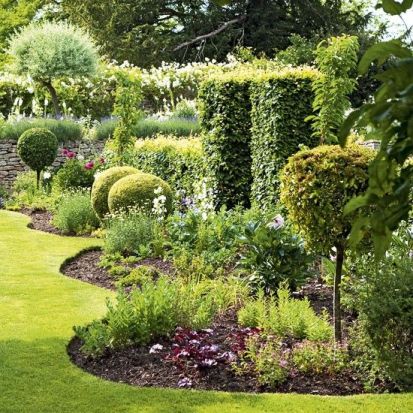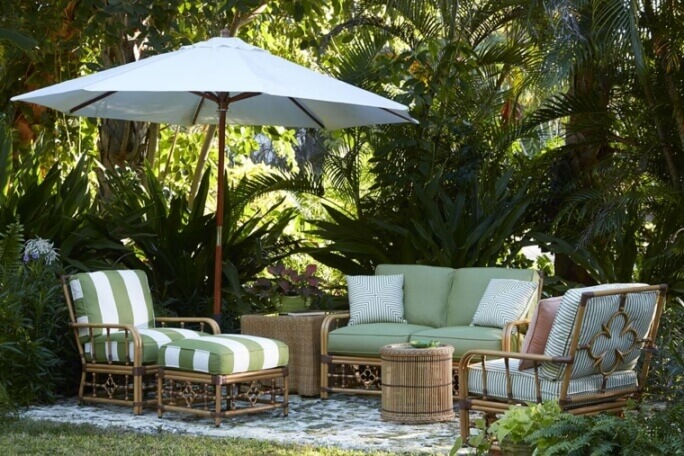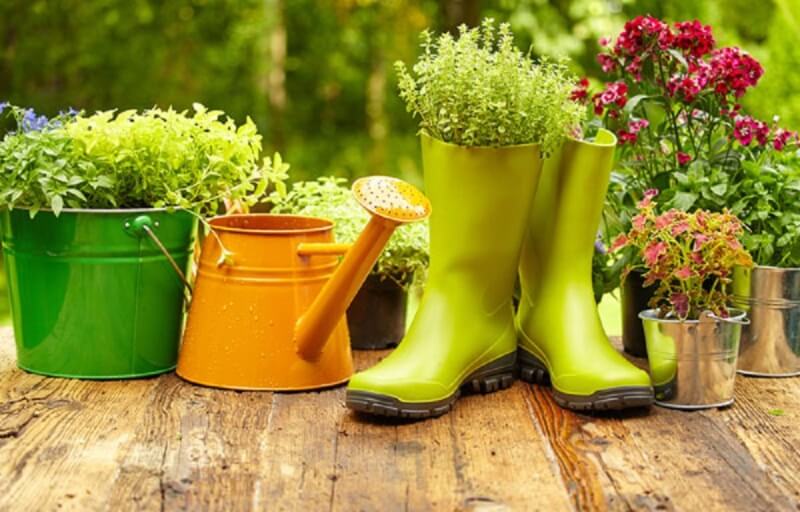Designing the ideal garden for our home is no simple task. That is why; below we will see the main tips for achieving an ideal garden.
The first step is to ask how we are going to use it: whether there will be family reunions or parties; If we look for a more productive space with fruit trees, orchards and aromatic herbs, or if we require space for children to play or sports activities.
The functions that we try to give the garden will influence the zoning, in the movement and in its final design.

How much money should be spent for desing a garden
This sector of the household is typically designated a budget – usually – limited, since it is thought to finish constructing the house or remodel it, when there is not much available money.
It is advisable to invest in a good quality soil or improve the existing one. A good raw material for the soil is essential for plants to grow to their full potential.
A second step is the investment in the type and quality of the trees and plants, which will depend on the design chosen for the garden.
The design, the key of the matter
The important thing to seek and find a balance is that if we have a symmetrical, harmonic garden and without contrasts, it can cause boredom.
On the other hand, a space plagued with contrasts and movement can induce stress or visual fatigue. The idea is to achieve that it is a space as pleasant as possible.
Generating a “rhythm” determines unity. For this, the ideal is to repeat three times an element or feature (such as color, texture or shape) in strategic places.
To give variety to a garden you can take two paths: the first is to bring movement to the design from diagonals or curves; the second is to generate contrasts based on the color, foliage, texture, shape and size of the materials that are used.
The turn of the plants in the garden
Visiting nurseries or neighboring gardens and obtaining information through books and specialized magazines will allow us to know how will be plants in its final form, that is, a few years after having been planted.
This way it will be possible to design and project that everything stays in its place and that the foliage does not invade spaces that do not correspond to it or that projected shadow in unwanted places. This allows you not to spend extra money on buying an excessive amount of crops that will later need to be removed.
It is important to be aware of the maintenance needs of the plants because, according to how it is maintained, we will have a flourished space throughout the year and keep the intended design on time.
One of the guidelines to be defined is if we want the park to be green and unchanged during the year or that it is changing with the arrival of every season. For the first option, trees and herbaceous perennials or non-flowering shrubs are chosen.
On the other hand, the choice of plants that bloom without leaves or with blossoming will mark the different periods of the year with their colorful schemes.
Read Also: Gardening tips for beginners and amateurs
How we use colors in the garden
For a garden vibrate with the colors of the trees and the plants it is fundamental to keep in mind those tones that already exist in the land like those that were used to paint the walls of the house, the ceilings, and the neighboring constructions, among others. The coloration can be contributed by means of flowers or foliage.
If the design is thought to generate unit, you can use different ranges of the same color to have a monochromatic garden or with adjacent colors.
For example: yellow with orange yellow and orange; or orange with red orange and red. To contrast, the ideal is to choose opposite or complementary shades. For example, on the one hand violet and by the other yellow; or blue and orange, or green and red.


